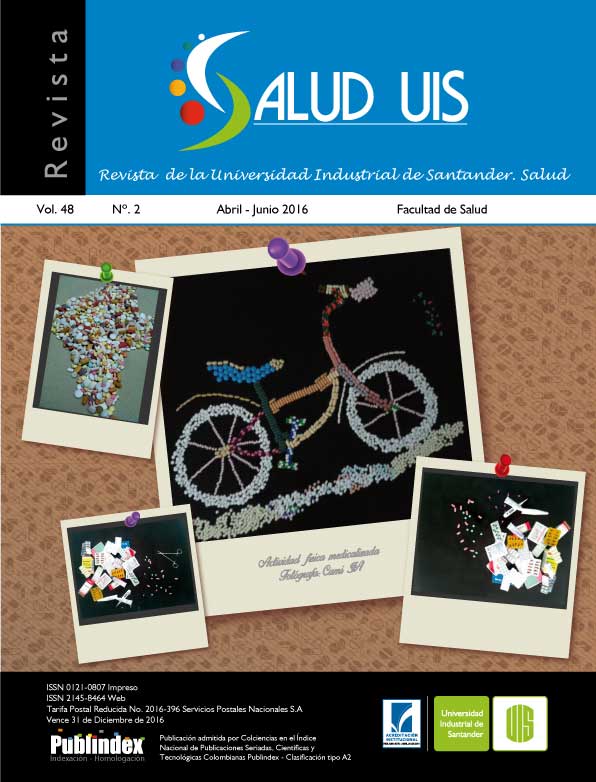Abstract
The early relationship between a mother and her baby during the first year after childbirth is focused
in the maternal affective response which is the base of the mother-infant bonding, considered an
important mediator in the psychosocial child development. Early bonding difficulties are associated to maltreatment, abuse and infanticide. Risk factors for a mother-infant bonding disorder include aspects related to the mother, the baby, pregnancy, childbirth and postpartum and the social environment. The study of the psychosocial aspects of the early relationship between a mother and her baby is of main interest in developed countries, nevertheless the research on this topic in LatinAmerica is still very limited. In the present review it is explored the characteristics of a mother-infant bonding, its main risk factors and most relevant negative consequences, as well as the most popular assessment strategies used among the countries. The early detection of a mother-infant bonding disorder is a decisive strategy to allow the design of specific and relevant health interventions that can reduce the adverse consequences and promote the wellbeing of the mother-infant dyad and its family.
Se autoriza la reproducción total o parcial de la obra para fines educativos, siempre y cuando se cite la fuente.
Esta obra está bajo una Licencia Creative Commons Atribución 4.0 Pública Internacional.
